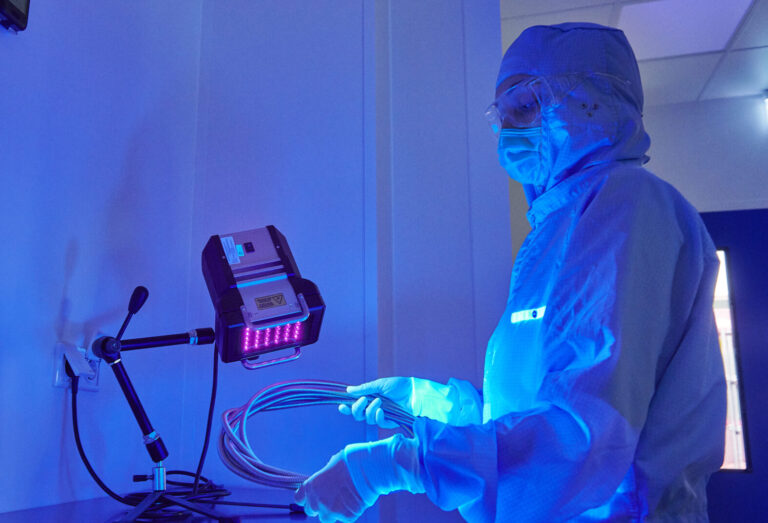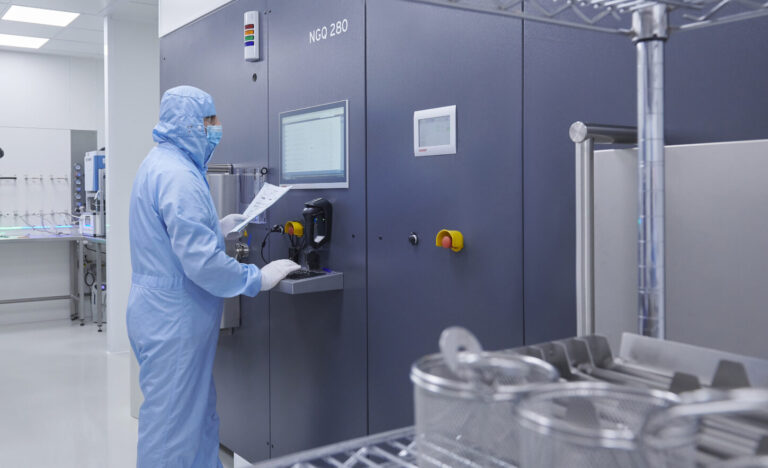Cleanliness Validation:
Distinguishing Particle and Molecular Purity
In the high-tech manufacturing, cleanliness isn’t just a standard—it’s a necessity. At CoreDux, we understand that the integrity and performance of critical components hinge on stringent cleanliness validation. Our process ensures both particle and molecular purity, each of which plays a crucial role in different aspects of product quality and functionality.








